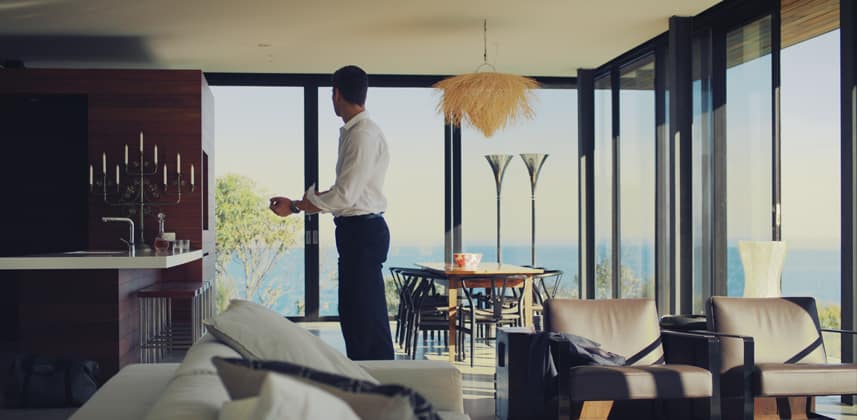| Series |
|---|
Dialing in Contrast Quickly
Sooner or later, we all encounter a situation where we need to get a grade on its feet fast.
Maybe you’ve fallen behind due to other projects, maybe you’ve had this one dropped in your lap last minute, or maybe it’s a small budget and you need to be disciplined with your time in order to make it work.
Whatever the reason, in these moments our success hinges on having an efficient and effective approach. Finding that ideal approach for the various aspects of our grades is what this new series, The 10-Minute Grade, is all about.
In this first installment, I’m going to show you how to quickly establish solid contrast across all your shots using a three-step process:
- Creating a global contrast curve that provides a consistent starting point for all your images
- Taking a high-speed pass through your shots with focus on a single metric: exposure
- Circling back to ‘priority shots’ to give them a few minutes of extra attention
If you have any questions, thoughts or something to add to the discussion, please use the comments below.
-Cullen
Member Content
Sorry... the rest of this content is for members only. You'll need to login or Join Now to continue (we hope you do!).
Need more information about our memberships? Click to learn more.
Membership optionsMember Login


